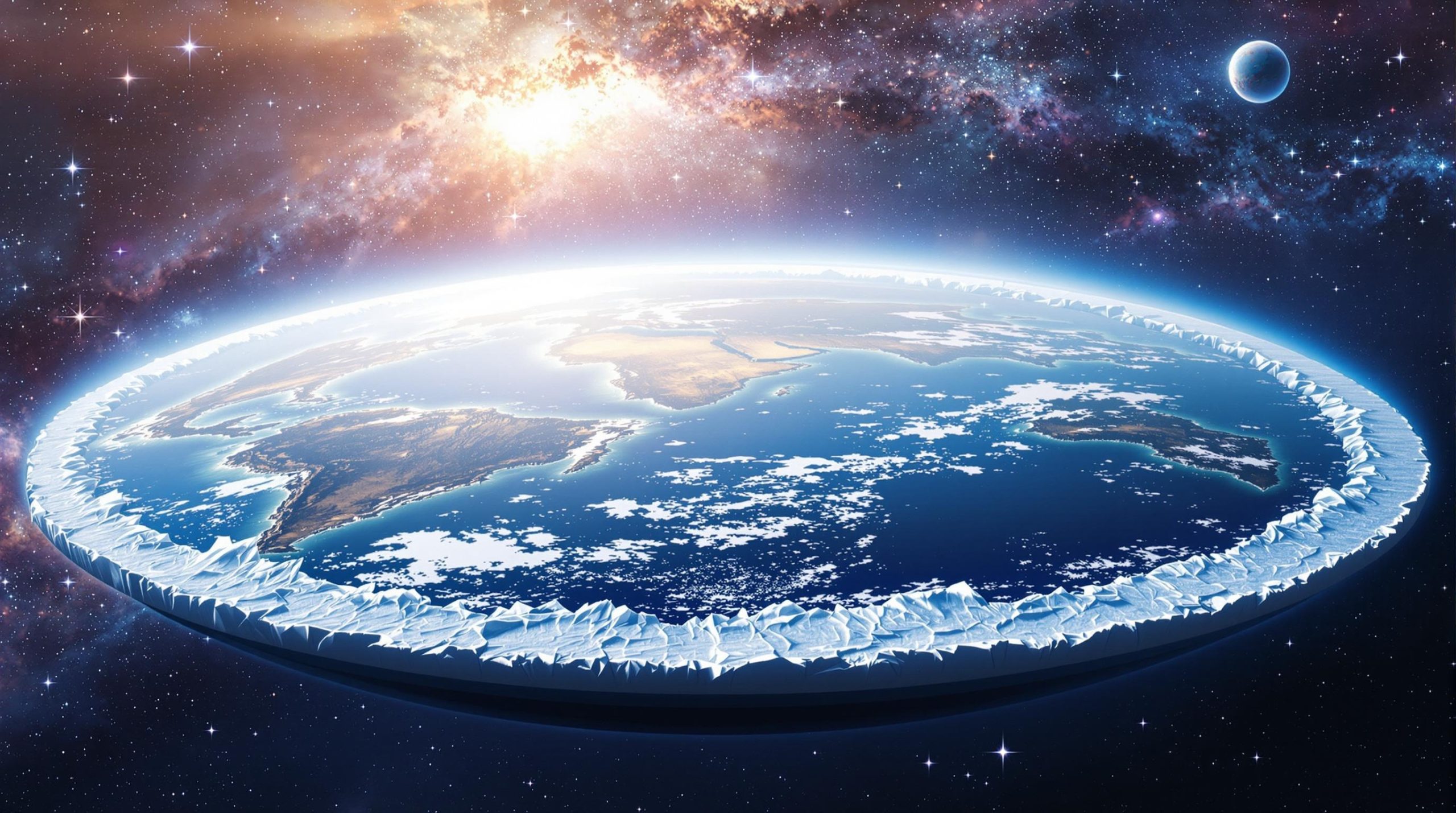Space has always been humanity’s ultimate mystery — and when we think about the wonders of our Solar System, planets like Mars, Jupiter, and Saturn often steal the spotlight. But some of the most fascinating secrets in our cosmic neighborhood lie not on planets — but on their moons.
In this article from spaceyv, we explore the Most Mysterious Moons in Our Solar System, focusing on their unique features, strange environments, and why scientists believe these moons might hold the answers to some of the biggest questions about life beyond Earth.
From the hidden oceans of Jupiter’s Europa to the dense, hazy atmosphere of Saturn’s Titan, these worlds are rewriting what we know about habitability, alien life, and the very nature of our Solar System.
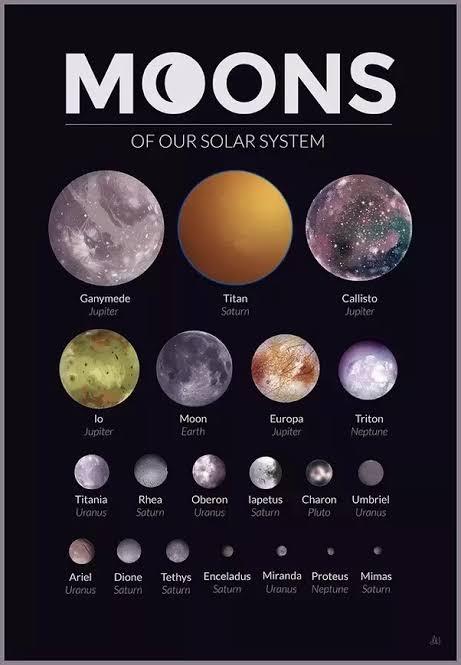
What Are The Most Mysterious Moons in Our Solar System?
Moons were once considered mere sidekicks to planets — barren, cratered rocks without much scientific interest. But as space exploration advanced, missions like NASA’s Galileo, Cassini, and the Hubble Space Telescope revealed that many moons are dynamic, geologically active, and may even have environments suitable for life.
In fact, some of these moons have conditions that are more promising for alien life than planets like Mars.
Let’s dive into the most mysterious moons that continue to fascinate astronomers, astrobiologists, and dreamers alike.
1. Europa — Jupiter’s Icy Ocean World
Why Europa Is So Mysterious:
Europa, one of Jupiter’s largest moons, is covered in a thick layer of ice — but beneath that icy crust lies a global subsurface ocean that could hold twice as much water as all of Earth’s oceans combined.
Scientists believe that this ocean, warmed by tidal forces from Jupiter’s gravity, could harbor microbial life. Cracks and reddish lines on Europa’s surface hint at chemical reactions between the ocean water and the surface ice — a potential indicator of biological processes.
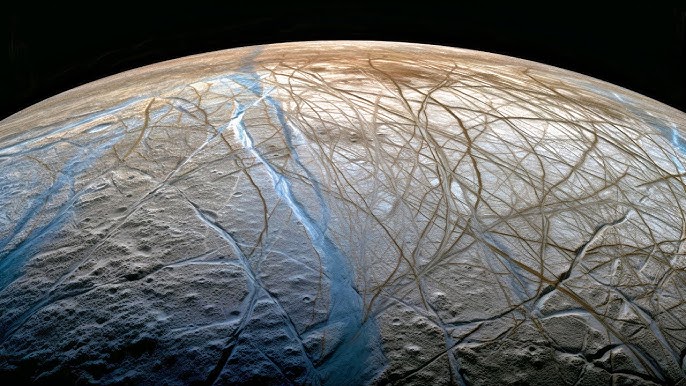
Upcoming Missions:
-
NASA’s Europa Clipper mission (launching in 2024) will perform multiple flybys to study the moon’s ice shell and subsurface ocean.
2. Titan — Saturn’s Earth-Like Moon with a Twist
Why Titan Is So Mysterious:
Titan, the largest moon of Saturn, is unlike any other moon in the Solar System. It has a thick nitrogen-rich atmosphere (even denser than Earth’s), methane rain, and vast seas of liquid hydrocarbons.
Titan has an active weather system, with clouds, rain, rivers, and lakes — but instead of water, it’s all methane and ethane. Despite the extreme cold, some scientists believe that life could exist in Titan’s hydrocarbon lakes or beneath its icy crust in a hidden water ocean.
Upcoming Missions:
-
NASA’s Dragonfly Mission (launching in 2027) is a drone-like lander that will explore Titan’s surface and search for prebiotic chemistry.
3. Enceladus — The Ice Geyser Moon
Another of Saturn’s moons, Enceladus, stunned scientists when the Cassini spacecraft discovered plumes of water vapor and ice particles shooting from its south pole — evidence of an underground ocean.
These plumes contain organic molecules, hydrogen (a potential food source for microbes), and salty water, suggesting hydrothermal vents on its seafloor similar to those on Earth.
Could Enceladus host life deep beneath its frozen shell? Many scientists think it’s one of the best candidates.
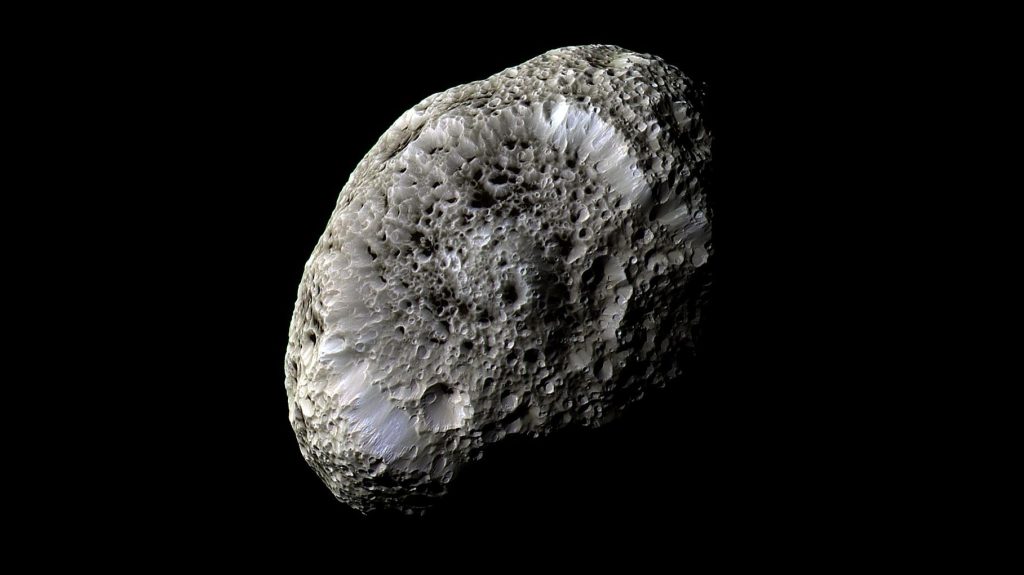
4. Ganymede — The Largest Moon in the Solar System
Ganymede, Jupiter’s largest moon, is bigger than Mercury and has its own magnetic field — the only moon known to have one. Beneath its icy surface may lie multiple layers of salty water oceans stacked between layers of ice.
Ganymede’s magnetic field could help protect potential life forms from harmful radiation.
5. Triton — Neptune’s Captured Mystery
Triton, Neptune’s largest moon, orbits the planet in the opposite direction of Neptune’s rotation — suggesting that it may be a captured object from the Kuiper Belt.
Triton has active geysers, a young surface, and possibly a subsurface ocean. Its strange retrograde orbit makes it one of the most mysterious moons in the outer Solar System.
6. Io — The Volcanic Hell World
While not a candidate for life, Jupiter’s moon Io is mysterious in its own right. It’s the most volcanically active body in the Solar System, with lava flows and sulfur plumes erupting from its surface.
Io’s intense activity provides insight into tidal heating — a process that could keep other icy moons like Europa and Enceladus warm enough to sustain oceans beneath their surfaces.
Why These Moons Matter for the Future of Space Exploration
At spaceyv, we believe that the future of space exploration is not just about reaching planets — but about unlocking the secrets of these moons.
These mysterious worlds challenge our understanding of life, geology, and planetary science. If life can exist on Europa or Titan, it means that life could be far more common across the universe than we ever imagined.
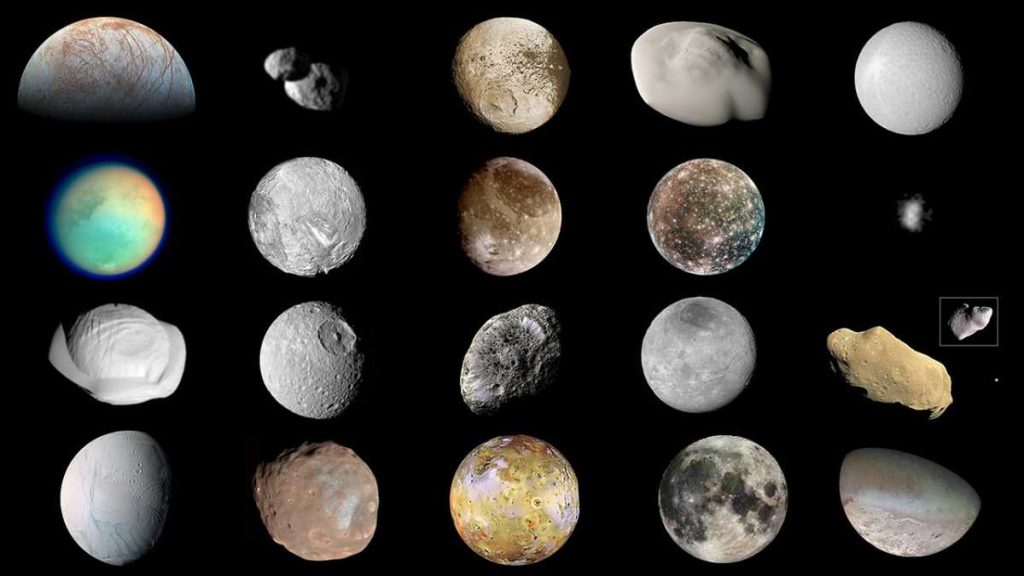
Final Thoughts
The Most Mysterious Moons in Our Solar System offer humanity a glimpse into alien environments that push the boundaries of science and imagination. With upcoming missions set to explore these moons in greater detail, we may soon uncover answers to age-old questions: Are we alone? What forms can life take? And could these distant moons hold the key to our cosmic origins?
Stay tuned with spaceyv as we continue to follow these extraordinary journeys into the unknown.
References
NASA Europa Clipper Mission – https://europa.nasa.gov/
NASA Dragonfly Mission – https://dragonfly.jhuapl.edu/
Cassini Mission to Saturn – https://solarsystem.nasa.gov/missions/cassini/overview/
National Geographic – “The Solar System’s Most Intriguing Moons”
Scientific American – “Could There Be Life on Titan or Enceladus?”
Space.com – “Why Europa and Enceladus Are Prime Targets in the Search for Alien Life”


